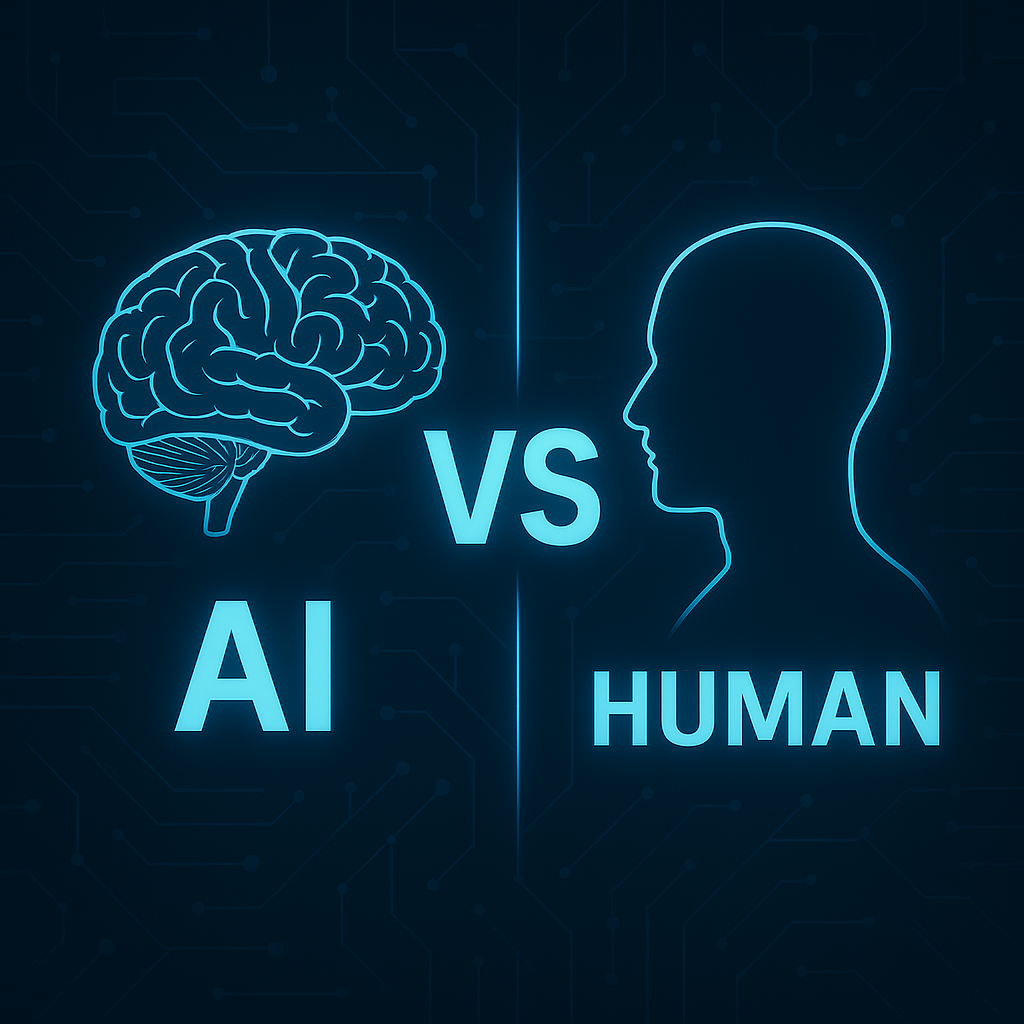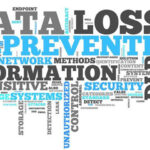The Evolving Cyber Battlefield
Cybersecurity is no longer just about firewalls and antivirus software—it’s a high-stakes battlefield where milliseconds matter. As cyber threats become faster, more intelligent, and more complex, the defenders must evolve too. Enter Artificial Intelligence (AI)—a transformative force reshaping how threats are detected, investigated, and neutralized. But with AI’s growing dominance in digital defense, one question stands at the forefront:
Will AI replace human cybersecurity professionals—or will they become stronger together?
This article dives deep into the capabilities and limitations of both AI and human intelligence in cybersecurity, examining who truly holds the edge in today’s rapidly evolving digital threat landscape.
The Power of AI in Cybersecurity
AI has revolutionized cybersecurity by bringing speed, scale, and consistency to areas where traditional approaches often fall short. It excels at processing massive volumes of data, recognizing patterns, and detecting anomalies in real time—something no human team can do at the same scale or speed.
Key Strengths of AI:
- Real-time threat detection: AI can analyze network traffic, user behavior, and endpoint activity to detect threats as they occur.
- Automation of repetitive tasks: AI can handle tasks like log analysis, threat correlation, and incident triage—freeing human analysts to focus on more complex challenges.
- Predictive capabilities: By learning from past attacks, AI can forecast potential threats and suggest preemptive actions.
- Scalability: AI systems don’t tire or require breaks, making them ideal for 24/7 global operations.
Modern tools like Darktrace, CrowdStrike Falcon, Microsoft Defender XDR, and others are using AI to improve response time, accuracy, and resilience in defending enterprise infrastructures.
The Strengths of Human Cybersecurity Experts
Despite AI’s rapid advancements, humans bring something to cybersecurity that AI still can’t replicate: contextual understanding, ethical reasoning, creativity, and strategic decision-making. A security analyst can connect dots across disciplines—legal, technical, and business—that AI cannot fully grasp.
Unique Human Capabilities:
- Understanding intent and motivation: Humans can interpret the “why” behind an attack, not just the “how”.
- Handling edge cases and novel attacks: Skilled professionals can recognize subtle tactics and techniques not found in AI’s training data.
- Adaptability in ambiguous situations: Cybersecurity often involves unpredictable scenarios where judgment and intuition are essential.
- Communication and leadership: Explaining risks to stakeholders, writing incident reports, or leading incident response teams—tasks where human skills are irreplaceable.
In situations where decisions impact privacy, public trust, or legal compliance, the human touch remains vital.
Limitations of AI in Cyber Defense
While AI can accelerate security operations, it’s not without its flaws. AI models are only as good as the data they’re trained on. They can misclassify, be manipulated by adversarial inputs, or generate false positives that overwhelm security teams.
Common Limitations:
- Lack of context: AI may not understand the business impact of an alert.
- Bias in training data: If the dataset is incomplete or biased, AI may miss threats or focus on irrelevant patterns.
- Inability to make judgment calls: AI cannot weigh ethical concerns or business priorities in the way a human can.
- Risk of over-reliance: Blindly trusting AI can be dangerous if humans aren’t verifying or overseeing its recommendations.
AI should not be seen as a silver bullet—but rather as a powerful assistant that requires human supervision.
Human + AI: The Future of Cybersecurity
The real power lies not in choosing between AI and humans, but in combining their strengths. AI can act as the first responder, sifting through data and highlighting critical threats, while humans provide interpretation, oversight, and high-level strategy.
This human-AI collaboration is already shaping modern Security Operations Centers (SOCs), where analysts rely on AI-driven dashboards to make faster, smarter decisions. Over time, we’ll see more Augmented Intelligence models—where AI doesn’t replace, but enhances human capabilities.
For example:
- AI flags a suspicious login from a foreign IP.
- A human determines it’s a legitimate travel scenario for an executive.
- AI learns from the correction, reducing future false positives.
This learning loop makes both AI and the analyst stronger.
Real-World Use Cases
- Phishing Detection: AI scans millions of emails to identify phishing attempts. Humans review borderline cases and refine AI rules.
- Threat Hunting: AI identifies unusual endpoint behavior. Analysts use that insight to trace the root cause of the attack.
- Incident Response: AI suggests containment actions; a human decides whether to isolate systems or escalate to leadership.
In each case, neither AI nor the human can function optimally alone—but together, they create a dynamic, intelligent, and resilient defense system.
Conclusion: Who Holds the Edge?
AI brings unparalleled speed, automation, and analytical power, while humans offer context, creativity, and ethical oversight. In a world where cyber threats evolve faster than ever, the edge belongs not to one—but to the synergy between the two.
The future of cybersecurity isn’t AI replacing humans—it’s AI empowering humans to become more proactive, accurate, and strategic defenders of the digital frontier.
As cybersecurity continues to mature, the question shouldn’t be “AI vs. Human?”
It should be “How can AI and humans work better together?”





Leave a Reply